

More than 24 million packages are delivered to American homes and businesses by UPS each day. Not all those packages make it to their destination on the first, second or third try. When they don’t, Barbara Reutzel goes to work.For 25 years, Barbara has helped find homes for lost parcels shipped through UPS.“I call them misfits,” Barbara says. “They’re usually missing an apartment number or something else on the shipping label that makes them undeliverable. My job is to find the rest of the address and send it off again. If I can’t, I just send it back to the customer.” Barbara, 62, moved into the department of misfit packages after a brief four-month tour of duty as a UPS delivery driver. She says she learned rather quickly during that period that she wasn’t a good fit for the job, largely because of the intense Florida heat. Two years ago, Barbara learned she wasn’t a good fit for dentures either. “I had a lot of loose teeth and was getting infections and whatnot, so my dentist pulled all my upper teeth and fit me with a denture,” Barbara remembers. “Except that when they put the denture in my mouth, I gagged like you wouldn’t believe.” Barbara’s reaction to the denture was not unusual. Upper dentures are often secured by a plate that covers the palate that can cause some people to gag when it is placed in the mouth The plate can be trimmed to eliminate this gag reflex, but this didn’t work in Barbara’s case. “I just couldn’t wear it,” Barbara says of the denture. “So, I went to several dentists – five in all – to see if anyone had a better solution. For one reason or another – mostly because they didn’t take my insurance – none could help me. Then a friend recommended Dr. F.”
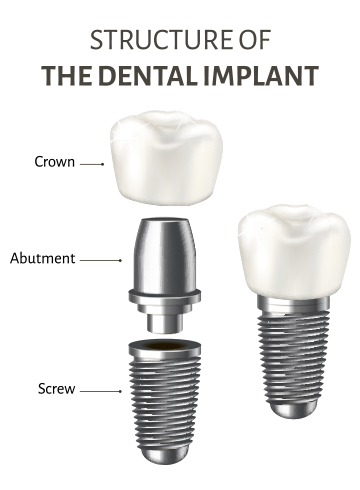

A Secure Solution
Dr. F is Joseph H. Farag, DMD, of Port Charlotte Dental Care. By the time Barbara visited him for the first time she had been without teeth in her upper arch for a year and a half, and her health had taken a turn for the worse because of it. “Without any teeth, the only things I could eat were things like pasta, mashed potatoes and soups, so I put on about 20 pounds,” Barbara bemoans. “I also didn’t want anyone to see me without teeth, so I wore a mask all the time. This was during COVID, though, so I didn’t look too odd. “But it was a frustrating time for me because I knew what I wanted to do to fix the problem. I’d done some research and knew that I wanted dental implants. But it wasn’t until I found Dr. F that I found a dentist who could do that for me.” Dental implants are root-shaped, screw-like bodies that are surgically placed into the jawbone. Once the implant is in the jawbone, new bone naturally grows around it to form the foundation for an abutment and replacement teeth. The replacement teeth can be a crown that is either cemented or screwed onto the abutment, a partial bridge that can be affixed to one or more implants, or a full horseshoe-shaped denture that is fastened to a series of implants and does not include a plate that covers the palate. Prior to receiving an implant, some patients require a bone graft that is designed to enhance the volume of the jawbone. Performed using autologous bone or a synthetic bone substitute, the graft gives the jawbone the strength to support an implant. Bone grafts are not always necessary, but for patients who have been missing teeth for many years, they are often necessary because bone mass deteriorates when there is no pressure from chewing to stimulate natural bone regeneration. Barbara had been missing her upper teeth for more than a year. In many similar cases, the patient needs bone grafting, but through a 3D CT scan of her jaw, Dr. Farag determined that Barbara had enough bone for implants. Barbara was eventually fit with six implants, three on each side of the upper arch. Two of those implants, placed farthest back on each side of the arch, were seated at an angle and capped with an angled abutment to avoid placing them in the sinus cavity. “That’s a little strategy we use when doing a full reconstruction, and it worked out very well for Barbara,” Dr. Farag states. “For those and the other implants, we placed them using a traditional surgical guidance appliance.” The guide serves as a template to ensure precise placement of the implants. The guide, milled from a digital 3D scan of the patient’s teeth, looks like a denture with little holes showing where the implants will go. During the procedure, the guide is positioned on the patient’s teeth, and the surgeon drills through the holes to create seats for each implant.
“A Fantastic Job”
Once they’ve been placed, implants need several months to heal and become strong enough in the bone to support a prosthetic. A month or two into that healing period, patients receive a temporary prosthetic that allows the patient to adjust to the change. “For Barbara, we made a plastic version of the final restoration,” Dr. Farag details. “That plastic version gets screwed into the implants and it gives patients an idea of how the permanent denture is going to feel, how it’s going to look and how it’s going impact their speech in any way. “We do that because it’s easier to make any changes or adjustments that the patient wants to a plastic prosthetic. Barbara, however, was very happy with the bite and everything just as it was, so after a week she called us back and said, Go ahead and finish it up. I love it.” Barbara received her permanent prosthetic in February, and it fit perfectly, she says. And because implant-secured upper dentures do not cover the palate, she did not suffer from a gag reflex as with her first denture. “And now, I can eat anything I want. I can talk normally again, and I don’t have to wear a mask to hide my mouth,” Barbara enthuses. “In fact, I can smile with confidence again because my teeth look great. “Dr. F did a really good job, a fantastic job. He was very thorough, and it didn’t hurt at all. He and his assistants and staff are just great. They’re all nice people, very professional and kind, and I highly recommend them. If you live in Port Charlotte or close by, look him up.”
Part With Your Partial
Jim Burton never followed the Grateful Dead for weeks on end, attending show after show the way many of the originators did. In fact, Jim has attended only one Dead concert. Nevertheless, he considers himself a “Deadhead.” And why not? His passion for the Dead is so great that he’s included the title of one of the band’s best-known songs, Wharf Rat, in his email address. He even used that title as the name for his 20-foot Shamrock fishing boat.“It just seemed to fit,” Jim explains. “The band’s music is something I grew up listening to, and I’ve followed them ever since. So, yes, I’m a Deadhead. I enjoy listening to just about everything they did.” A retired engineer who splits his time between Port Charlotte and a summer home on 22 acres of mountain land in North Carolina, Jim often listens to the Dead while tending to his vast vegetable garden. “I grow beans, melons, potatoes, onions, and a lot of other fruits and vegetables,” Jim says. “And I like to eat everything I grow, so most of that ends up being part of my dinner at some point. My garden is probably my biggest hobby.” For years, whether it came from his garden or not, there were certain fruits and vegetables Jim simply could not eat. Apples, corn on the cob, even bananas fell into that category. A dysfunctional partial denture was the reason. “I’ve had problems with my teeth all my life,” Jim reveals. “Five or six years ago, I had to have my front teeth (incisors) extracted because of gum problems. After that, I was fit with a partial by a dentist in North Carolina, but the partial didn’t work very well. I guess it was more for looks than anything because I couldn’t bite into anything. Not even a sandwich or a hot dog or a hamburger. I couldn’t eat those foods because the partial wasn’t strong enough. “I don’t know why, but I put up with it for about four years. Then one day while we were down in Port Charlotte, I mentioned that I was thinking about finding a dentist there. My brother-in-law suggested that I go to Port Charlotte Dental Care and see Dr. Farag.”


JORDAN PYSZ / iFoundMyDoctor.com
Among the many services offered by Dr. Farag is a laser treatment called LANAP that heals damaged gum tissue and improves the quality and density of the jawbone.
Missing Molars
Dr. Farag first saw Jim three years ago and learned immediately that Jim’s dental issues spread beyond the flawed partial. “He was over the whole removable prosthetic thing and wanted something more permanent for his upper front teeth,” Dr. Farag confirms. “However, he also had some periodontal disease, and because of that he lost some other teeth as well.” In addition to the two incisors, Jim also lost two teeth directly to their left and a molar on each side of his upper arch. To correct those problems, Dr. Farag put together an extensive treatment plan that Jim agreed to. The plan called for Dr. Farag to begin by arresting Jim’s gum disease. That would allow for the creation of a healthy periodontal foundation for replacement teeth. In laying that foundation, Dr. Farag performed a laser-assisted new attachment procedure, or LANAP. In addition to healing gum tissue, a LANAP can improve the quality and density of the jawbone. In some cases, it can even spark the generation of new bone. “Using the LANAP procedure, we are able to treat a patient’s entire mouth in about two hours,” Dr. Farag explains. “During that time, we make three passes with the laser and clean, disinfect and sanitize the gums without cutting anything open.” During the first pass, Dr. Farag details, the energy from the laser kills any bacteria in the gums, vaporizes the diseased gum tissue and dehydrates tartar on the teeth, which makes the tartar brittle and easy to remove. During the second pass of the laser, the tartar is removed with a fine-tipped, vibrating, ultrasonic instrument. The teeth are then rinsed with an antimicrobial substance that halts the growth of bacteria. The diseased lining of the tissue is removed, and the bone surrounding the teeth is debrided of infected tissue. During the final pass of the laser, an antimicrobial seal is created that prevents reinfection and releases growth factors from blood cells that regenerate the attachment between the gums and teeth. “The patient doesn’t have any sensation of what we’re doing because we use a local dental anesthetic, just as we do if we’re doing a filling,” Dr. Farag says. “That’s how patients stay comfortable during the process. And there’s no postop discomfort because we’re not traumatizing anything. The gums are not inflamed, so they’re not painful.” Afterward, the patient is asked to briefly stay on a soft-food diet to prevent tearing of the new tissue, the doctor explains. Not long after receiving the LANAP treatment, Jim returned to Dr. Farag to begin the procedure for replacing his missing teeth. That called for the insertion of four implants, including two that would secure an upper frontal bridge.
A Healthy Bite
Jim required bone grafts prior to the placement of his implants. The grafting procedure is short, but it takes about four months for new bone to grow strong enough to support an implant, so the implantation is typically delayed a few months. When the time came to place the implants, Dr. Farag made sure he would provide Jim with the proper function by using digital imaging to determine the precise placement and specific size of the implants. “I was pretty impressed with all the equipment Dr. Farag has in his office,” Jim states. “As an engineer, it was fascinating to see how it all worked. He also has a lot of capable people working with him. “As far as Dr. Farag goes, he’s exceptional. The work he did is great. My whole mouth, the gums and everything are healthy now, and I can eat anything I want, even an apple. I’m not a big fan of apples, but I can bite into one now if I want. “The whole process took a while, but I’m glad I did it. And I’m really glad my brother-in-law recommended Dr. Farag to me. He’s a great dentist, and just as my brother-in-law did with me, I’d highly recommend Port Charlotte Dental Care to anyone.”





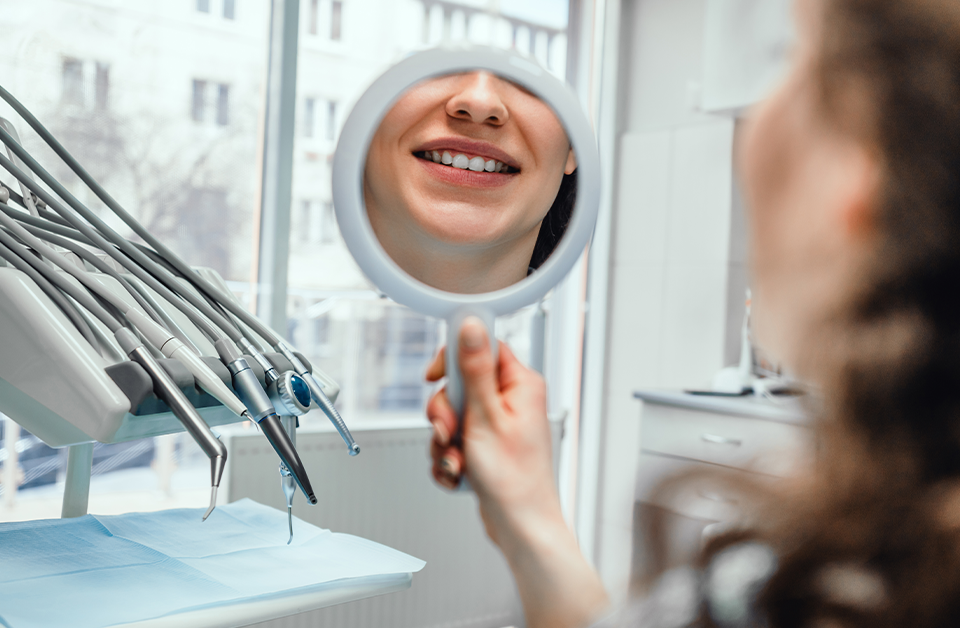
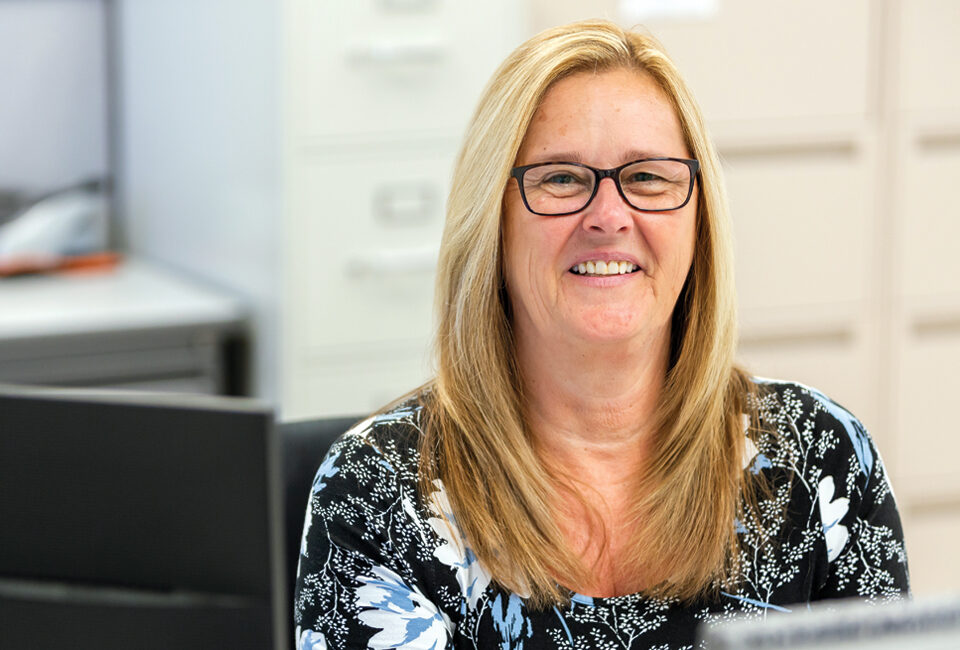

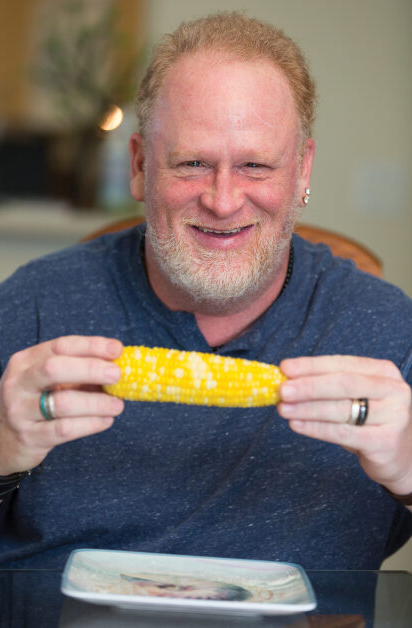
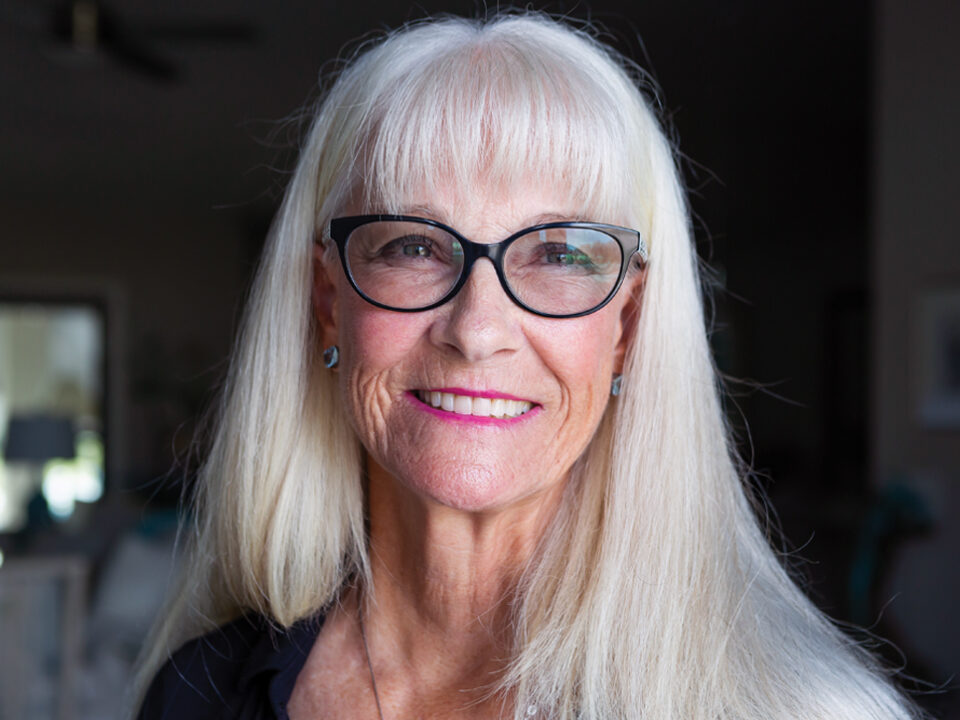
Leave a Reply